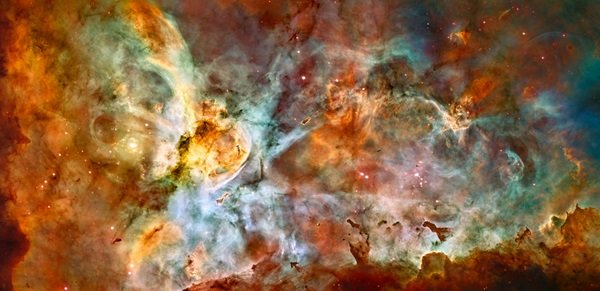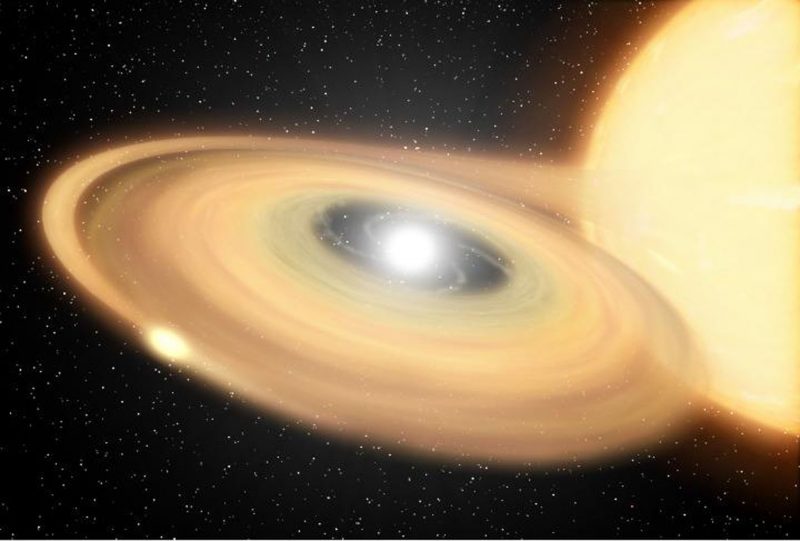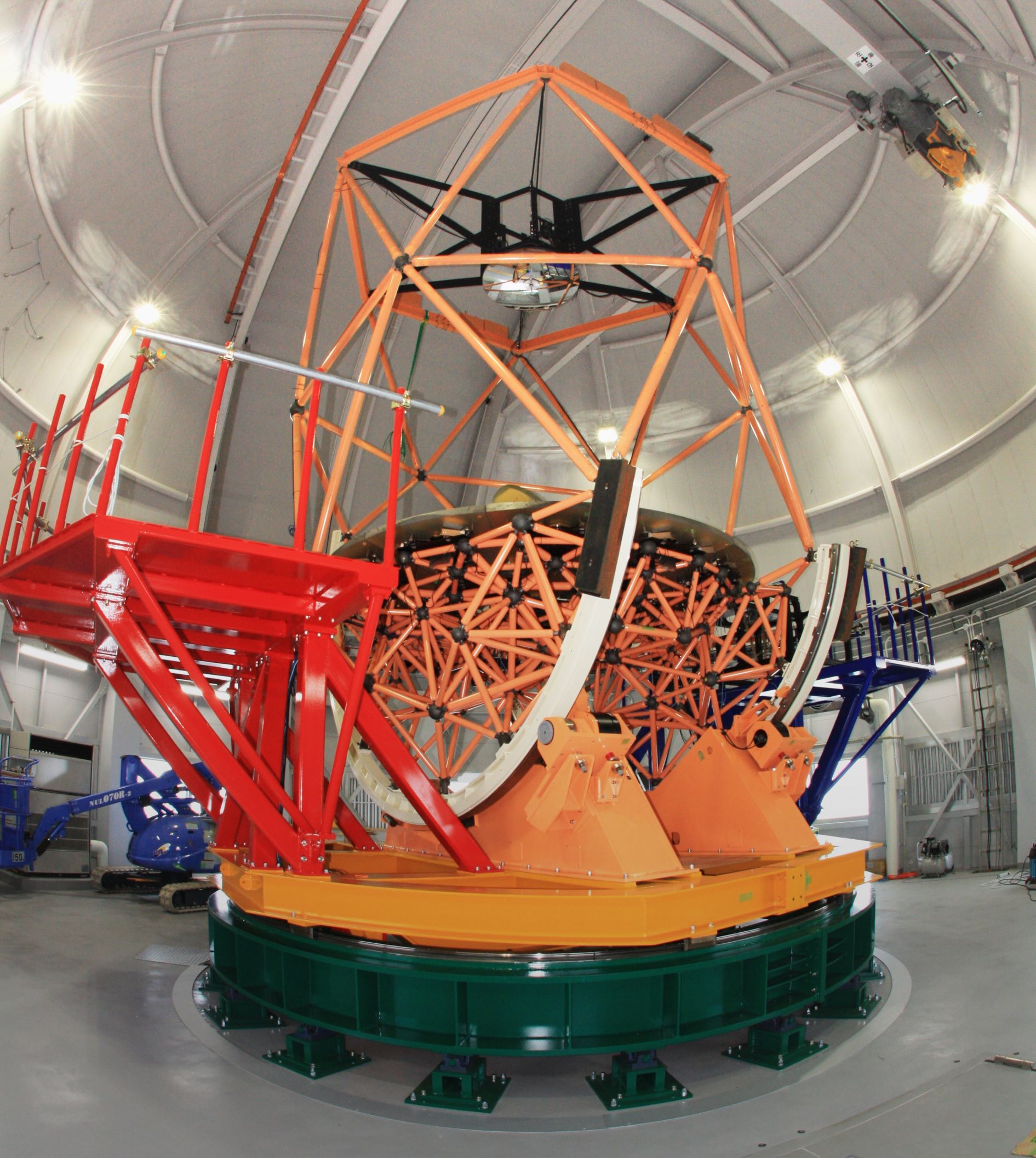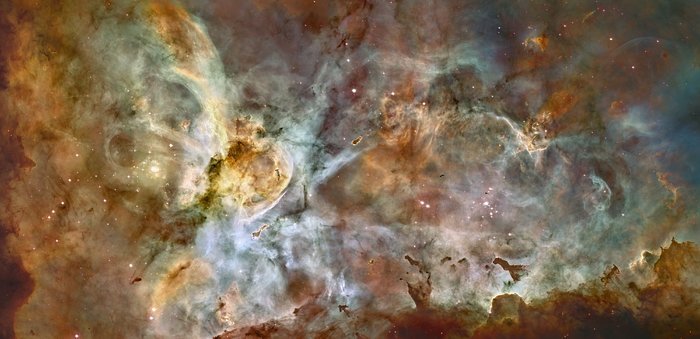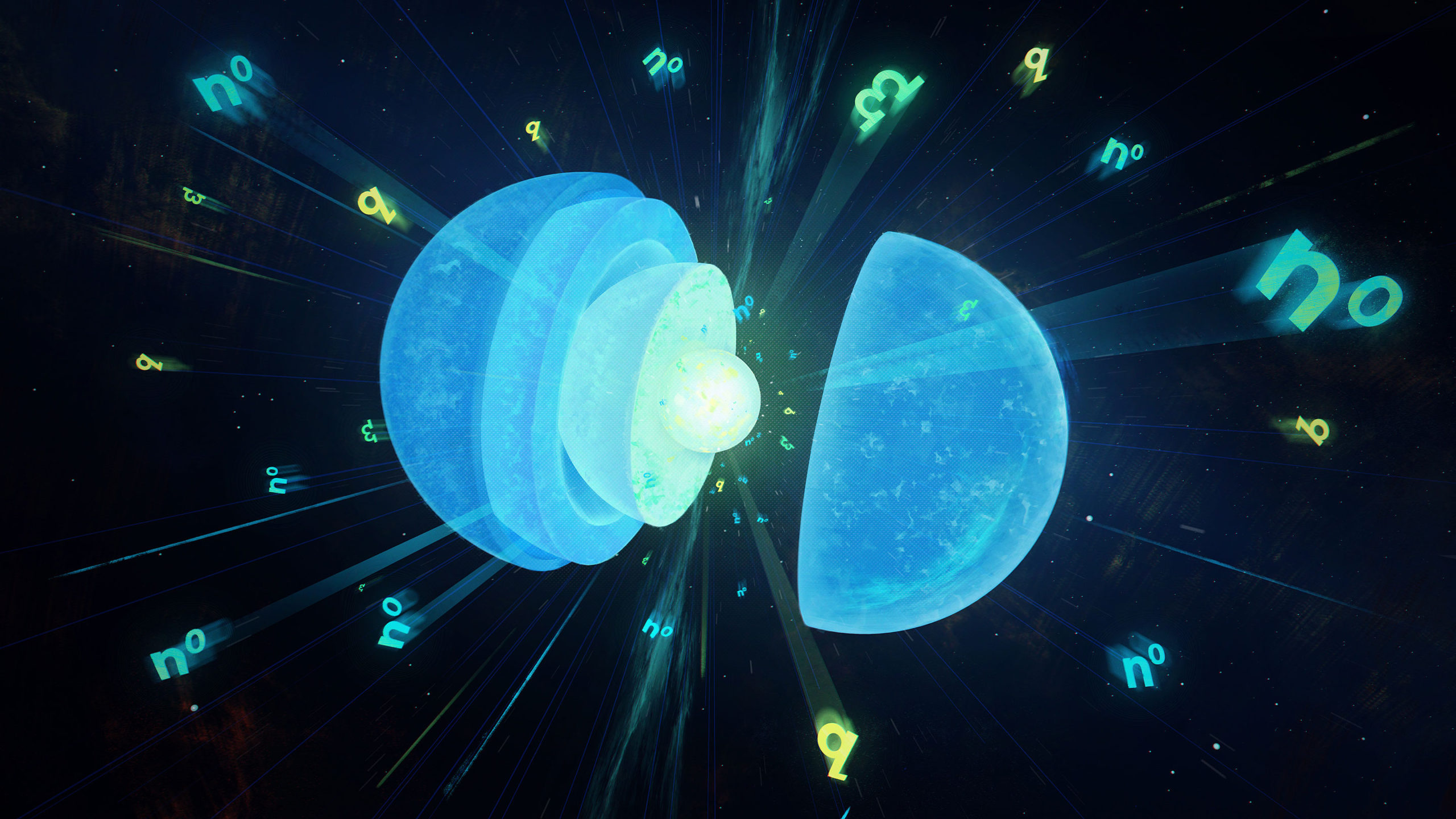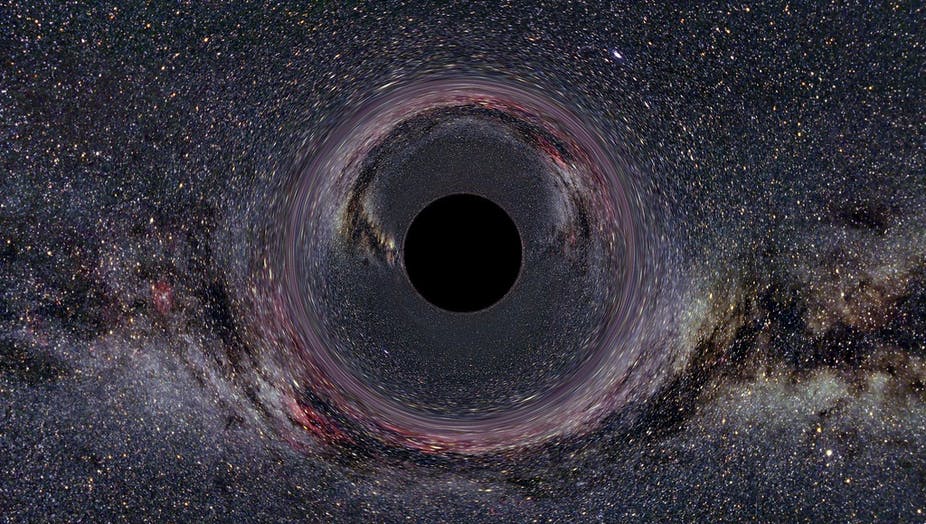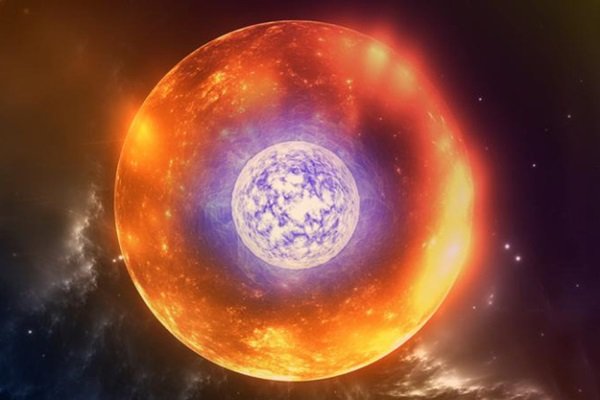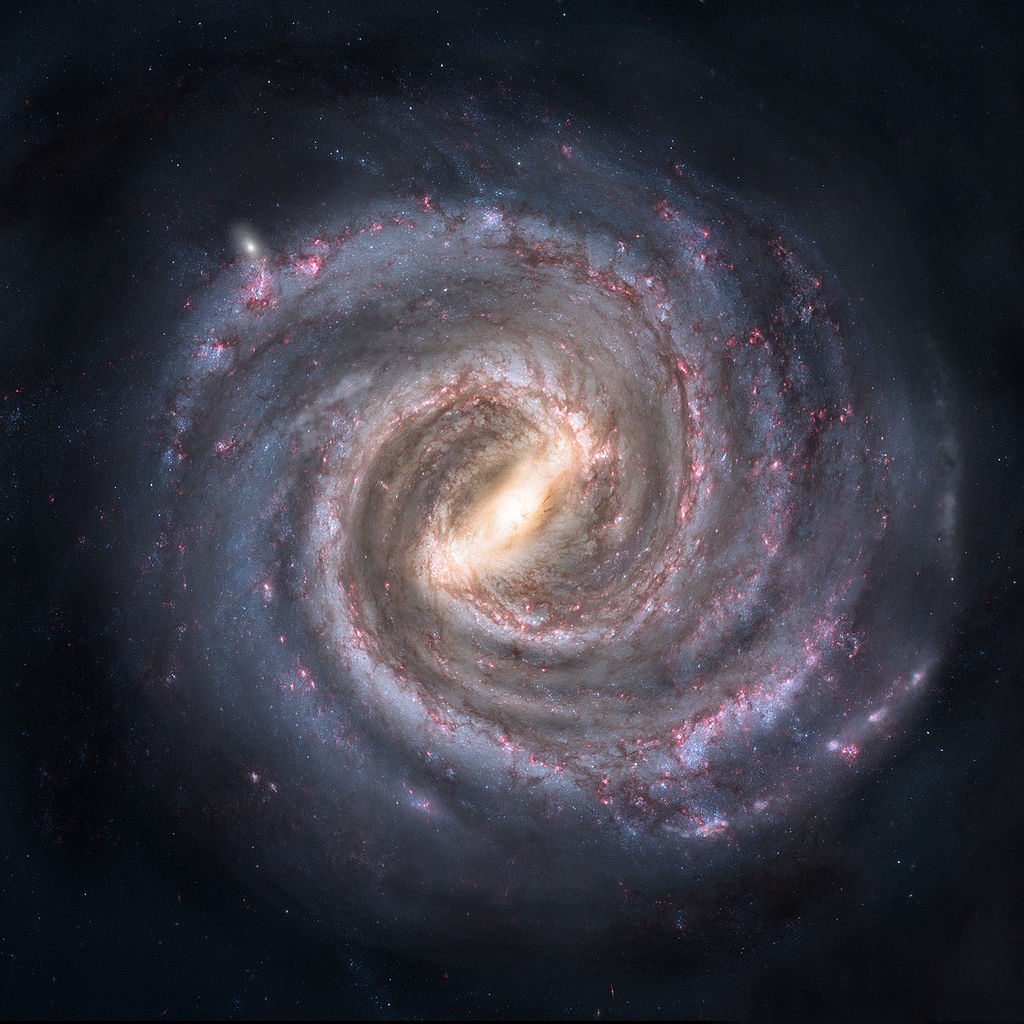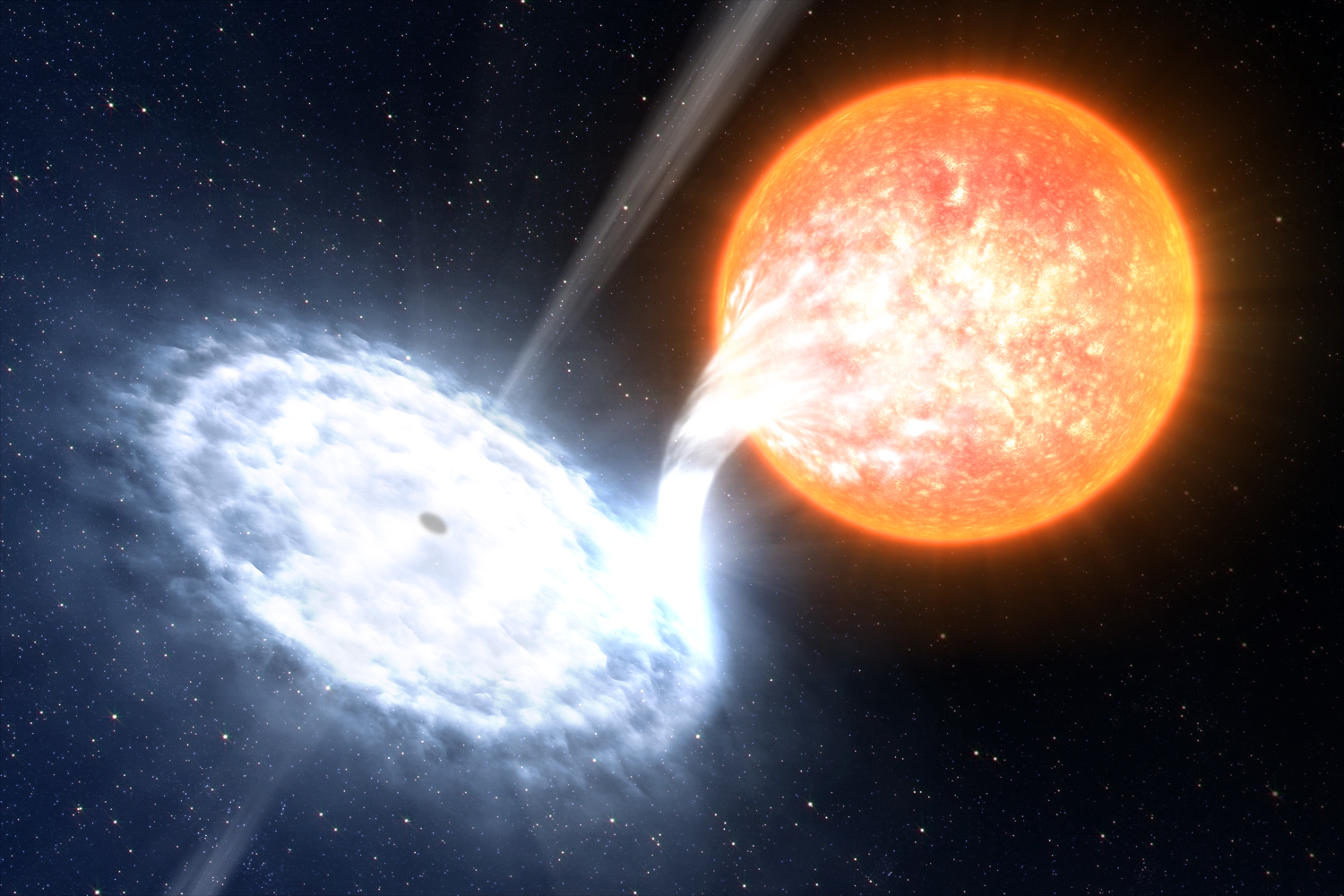The top ten coolest things in space
This is a list of what I consider to be the top ten coolest things in space! 1. Thorne-Zytkow object First is a Thorne-Zytkow object. These objects form when a pulsar worms its way into the body of a different star. Although these objects would appear to be almost normal, they would house all sorts of strange elements that would never appear in a regular star. The only one that we know of in the entire universe is called HV 2112. 2. The Fermi Bubbles Second, the […]
Read more